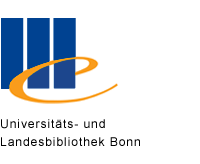We study the effect of divisions within the elite on the probability of internal conflict in the Papal States between 1295 and 1846. We assemble a new database using information on cardinals that participated in conclaves during this period, and construct measures of polarization and fractionalization based on the cardinals’ birthplaces. The deaths of popes and cardinals provide plausible exogenous variation in the timing of the conclave and the composition of the College of Cardinals at the time of the election. We exploit this variation to analyze the causal effect of a divided conclave on conflict. We find that an increase of one standard deviation in our measure of polarization raised the likelihood of internal conflict by between 3 and 4 percentage points in a given year and by up to 19 percentage points in a given papacy. Consistent with the interpretation of an irresolute leader learning throughout his papacy, the effect is largest in the initial years after the conclave, to gradually vanish over time.

